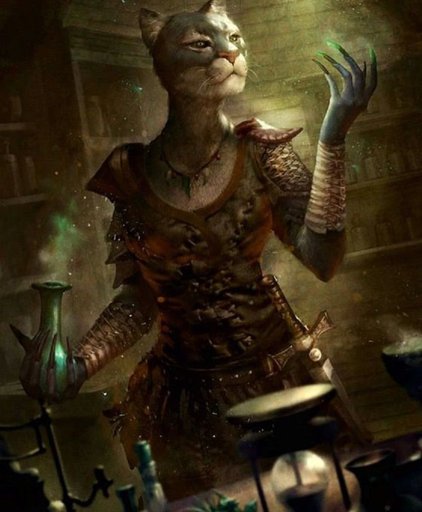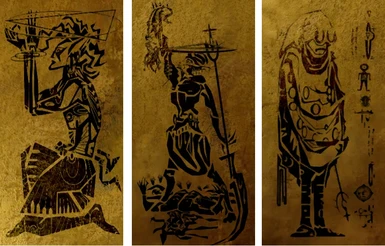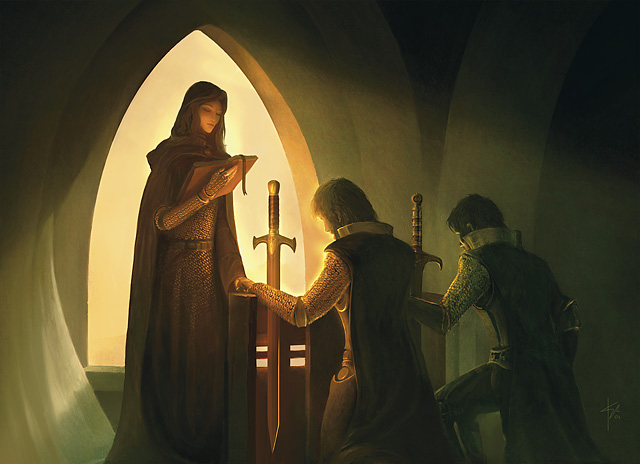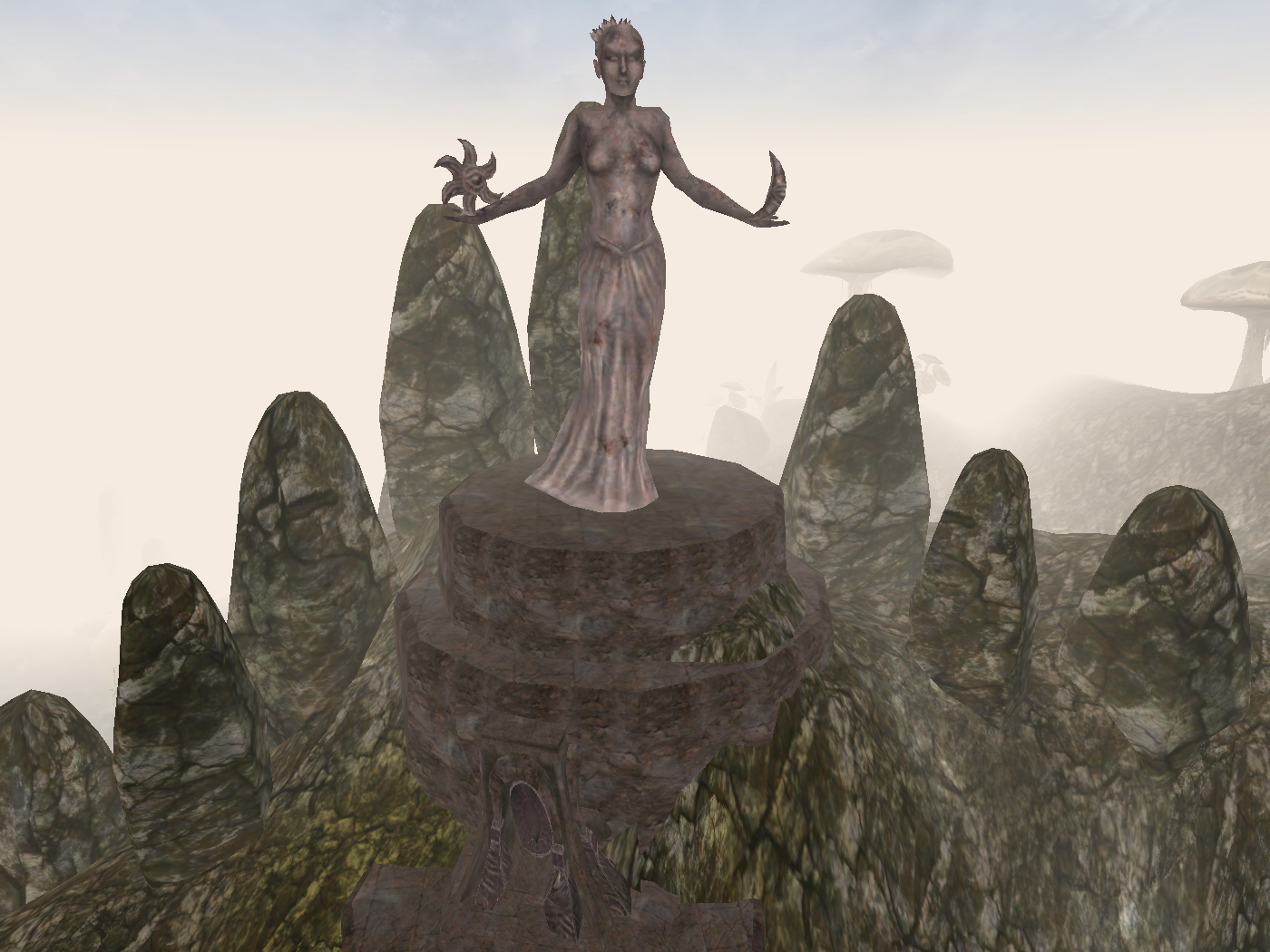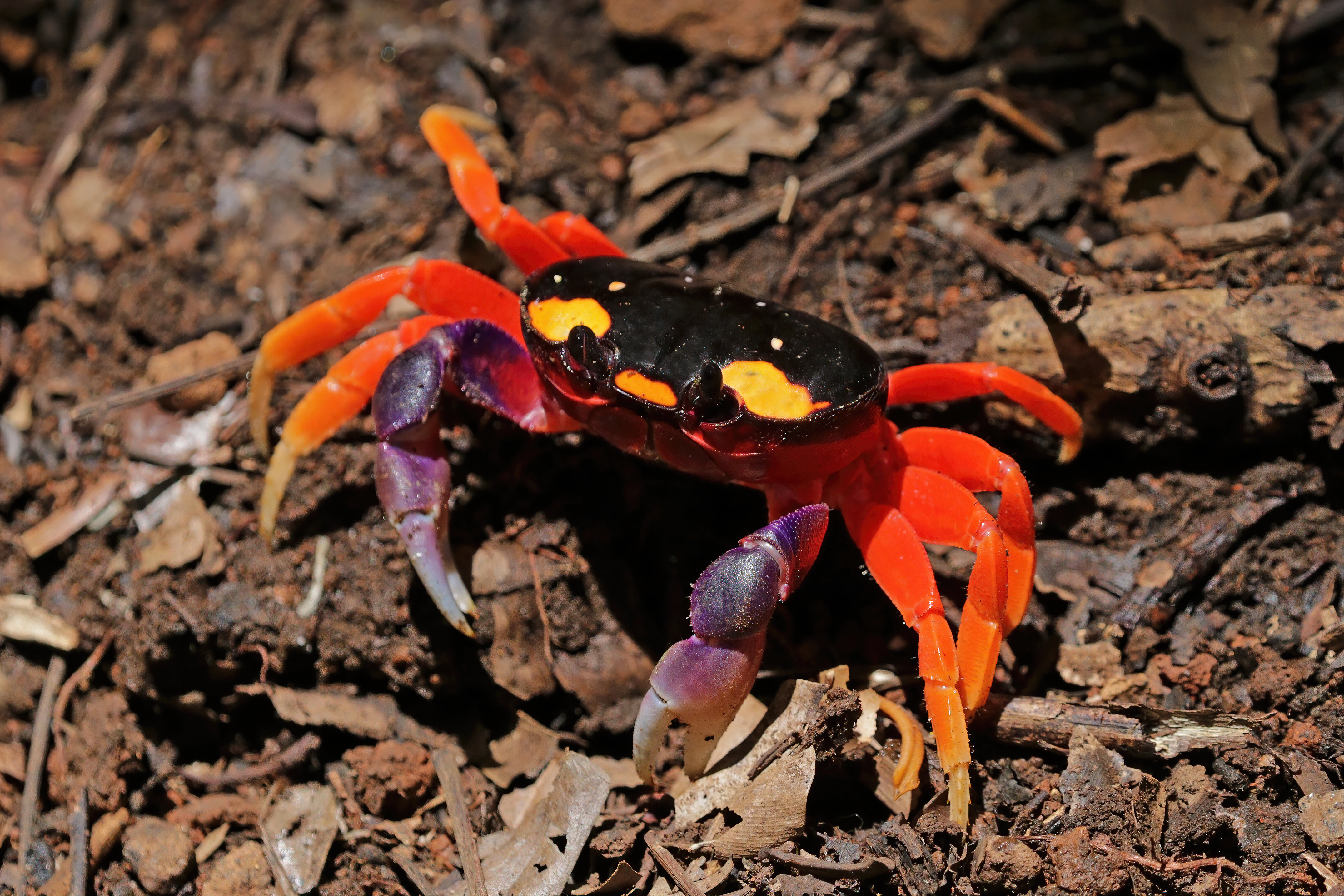The big ongoing project, of course, is the Elder Scrolls GLOG. Most of the system is done, with only soul gems and magic item creation left to be determined. I'm currently running a Morrowind text game on the Discord, which has lit a fire under me to get cracking on actual content. With this third Bestiary chapter complete (probably the largest of all of them!) there's just a few more chapters, namely ash creatures, humanoids and automata.
I'm cracking on the saints list so that y'all have some content for the shrine system (which, fyi, is now my most viewed post by a large margin). It should include some major Daedra, the Tribunal, Dunmer saints and some Imperial gods/saints. Come to think of it, I may also make a generic saints list so it's not limited to Elder Scrolls. Once that's done, I'll get on adapting UltraViolet Grasslands' caravaning system to Morrowind. Misfortune tables, travel times and sample encounters in each of Vvardenfell's nine regions.
I want to get as much of this as possible done in the next week, before the next term starts. By then my posting rate should go down from semi-daily to once a week (the horror!) and a significant number of those posts will be session reports, assuming I can get my campus game up and running again.
A lovely New Years to all you fine people! Now, on with the post.
----------
Using Beasts in the game
Beasts are common and typically weak foes. The biggest and nastiest normal beasts are the betty netch and kwama queen, which have their own contexts and way to avoid combat with them. Outside of large groups, most beasts will not be a major threat to mid-level players. They're the bread and butter for random encounters in the wilderness.When running beasts, remember that they have little reason to fight to the death.
Scavengers, like rats and shalks, are trying to get at supplies, or maybe eat at a dead or dying PC. They will run in the face of concerted resistance. Hunters, like nix-hounds and slaughterfish, will attack in numbers when possible, and retreat if the prey turns out to be too toothy. If they succeed in killing or mortally wounding a PC, they will try to drag it away to a safe place to eat. Grazers like guar and netch have no interest in the PCs or their supplies as food, but may be aggressive if the PCs invade their territory. Threatened territory and certain circumstances, like the mating season, may drive these creatures to fight to the death, making them the most dangerous of Morrowind's fauna.
The exception to this rule is Blighted creatures. Animals that survive the early infection are larger, immediately hostile and suicidal, on top of transmitting the wasting disease. These begin to appear as Dagoth Ur's power grows, supplanting normal animals, and are more common near the Red Mountain.
Treasure without a listed value is a 1 slot alchemical ingredient for use with the Field Alchemy system. By default, they are animal parts, though some will be noted to be both animal and mineral or vegetable.
Beasts

Alit
HD 2 (10 HP) DEF 12 ATK 12(1d6+poison bite) MOR 8 MOV 1x Type Grazer/Hunter
Treasure: alit tooth
# Appearing: 1(loner), 1d4+1(pack) 2d4+2(herd)
Alit are large, bipedal reptilians, the distant cousins of guar and kagouti. Their snouts are pointed like an alligator's, and their saliva is mildly corrosive. Without a tail and with a massive head, the appearance of the alit is almost comical, a mouth on legs. They are omnivorous, augmenting their grazing with small vermin.

Betty Netch
HD 3 (15 HP) DEF 13 ATK 15(1d8+1 tentacle) MOR 10 MOV 1x float Type Grazer
Treasure: netch leather (10gp, 3 slots), tentacle
# Appearing: 1(loner) 2(mated pair, see Bull Netch) 1d6+3(herd, mixed)
Netch are among Morrowind's most distinctive fauna, giant jellyfish floating with lighter-than-air gas. They are large and dangerous if provoked, but they are grazers with little reason to attack unless you violate their territory or harm them. They have the disposition of wild cows, and are commonly farmed in the Ascadian Isles for their leather. Betty netch, the females of the species, are smaller than the males but substantially deadlier. They will be quicker to attack you for getting close, especially to protect their male.
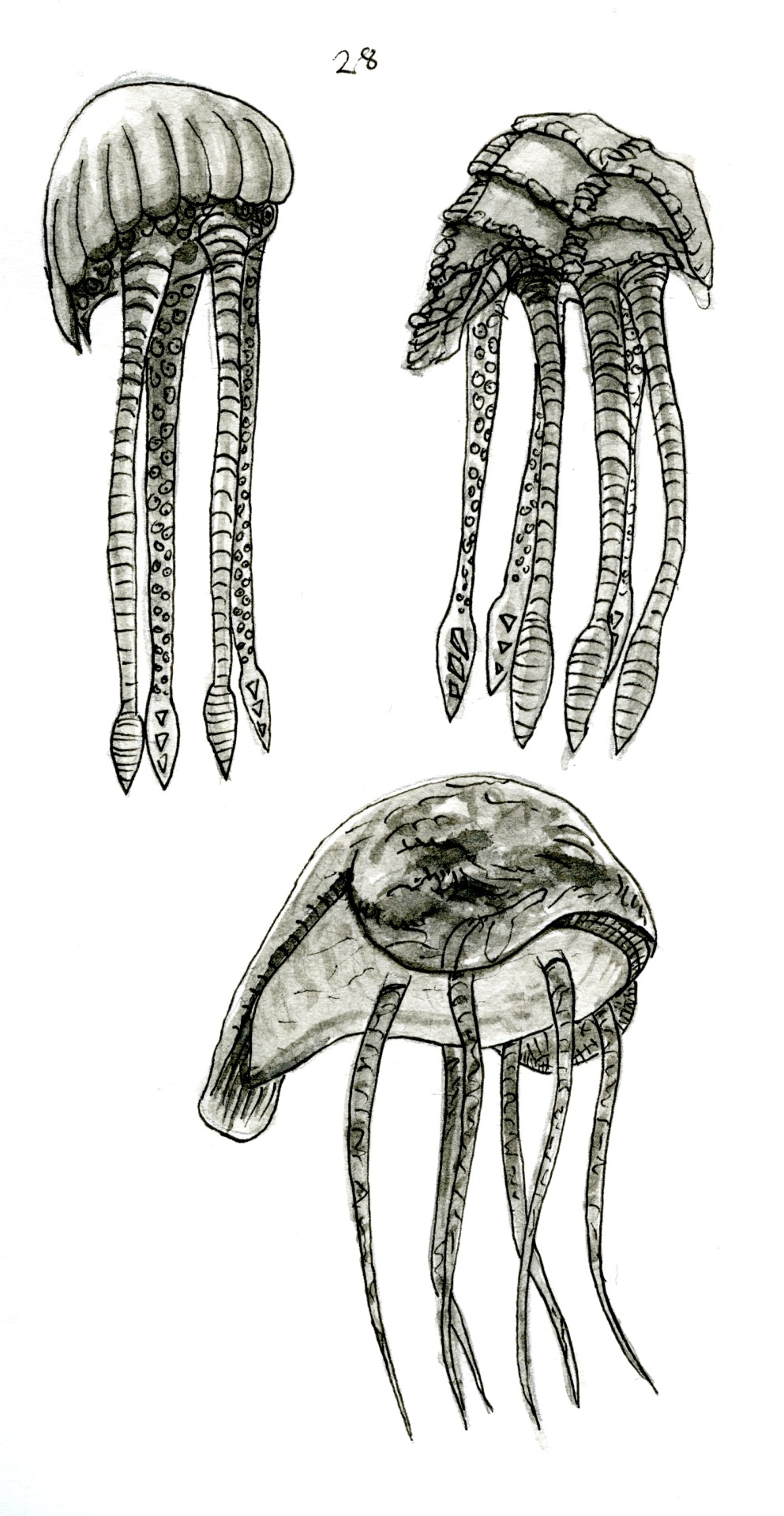
Bull Netch
HD 4 (20 HP) DEF 14 ATK 13(1d6+1 tentacle) MOR 8 MOV 1x float Type Grazer
Treasure: netch leather (10gp, 3 slots), tentacle
# Appearing: 1(loner) 2(mated pair, see Betty Netch) 1d6+3(herd, mixed)
Netch are among Morrowind's most distinctive fauna, giant jellyfish floating with lighter-than-air gas. They are large and dangerous if provoked, but they are grazers with little reason to attack unless you violate their territory or harm them. They have the disposition of wild cows, and are commonly farmed in the Ascadian Isles for their leather. Bull netch, the males of the species, are larger than the females and more docile. They will not become hostile unless you get much closer or act overtly aggressive.
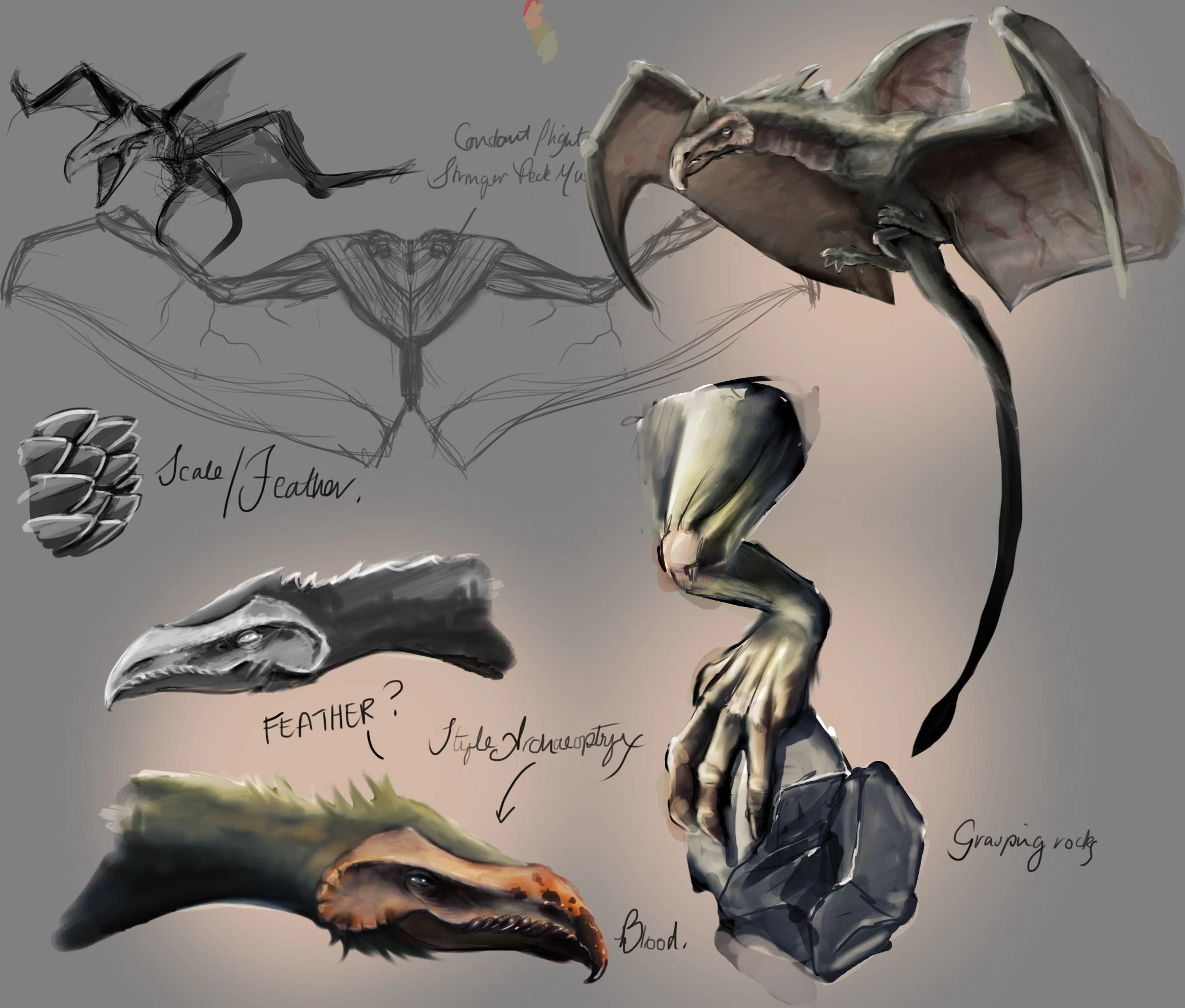
Cliff Racer
HD 1 (5 HP) DEF 12 ATK 11(1d6 peck) MOR 6 MOV 2x fly Type Scavenger
Treasure: racer plumes
# Appearing: 1d4+1(band) 2d4+2(flock) 3d6+3(plague)
Cliff racers are feathered flying creatures, commonly thought of as invasive pests. They are individually weak, but appear in large numbers to harass larger creatures. They can bring down vermin on their own, but prefer to band together and drive a predator from their kill. These creatures drove out the dragons who dwelt in Vvardenfell not long ago in their sheer numbers, and have driven most of Vvardenfell's native avian fauna to the margins. They are universally hated.

Dreugh
HD 2 (10 HP) DEF 13 ATK 12(1d6+1 claw) MOR 8 MOV 2x swim Type Hunter
Treasure: dreugh chitin (a/m)
# Appearing: 1(loner) 1d4+1(band) 2d4+2(platoon)
Dreugh are chitinous octopus-man-crab creatures that have nests around the coastal regions of Morrowind. Legend has it the dreugh once had a continent-spanning empire, but those couldn't possibly be the same as the savage beasts seen today. Their chitin is valuable both as an alchemical ingredient and as armor made by the Dunmer.

Guar
HD 2 (10 HP) DEF 12 ATK 10(1d6 bite) MOR 6 MOV 1x Type Grazer
Treasure: guar hide
# Appearing: 1(loner) 1d4+1(pack) 2d4+2(herd)
The guar is the workhorse of Dunmer agriculture (literally; Morrowind's native grasses are mildly poisonous to horses, so they require their own feed at all times, making them too expensive for most roles). They serve as beasts of burden like oxen and as slow mounts like mules. A Dunmer farmer will plow his fields with a guar one day and load up his goods on it the next day to go to market. Dunmer society idolizes the guar, symbolizing loyalty, piety and work ethic. They are the distant relatives of kagouti and alit, bipedal and tailed reptiles, though the guar has small forelimbs, a rounded mouth and tooth instead of great jaws or tusks. They can be found all over Morrowind. Wild guar are usually docile, but can become hostile you appear threatening to the herd or they have few numbers.
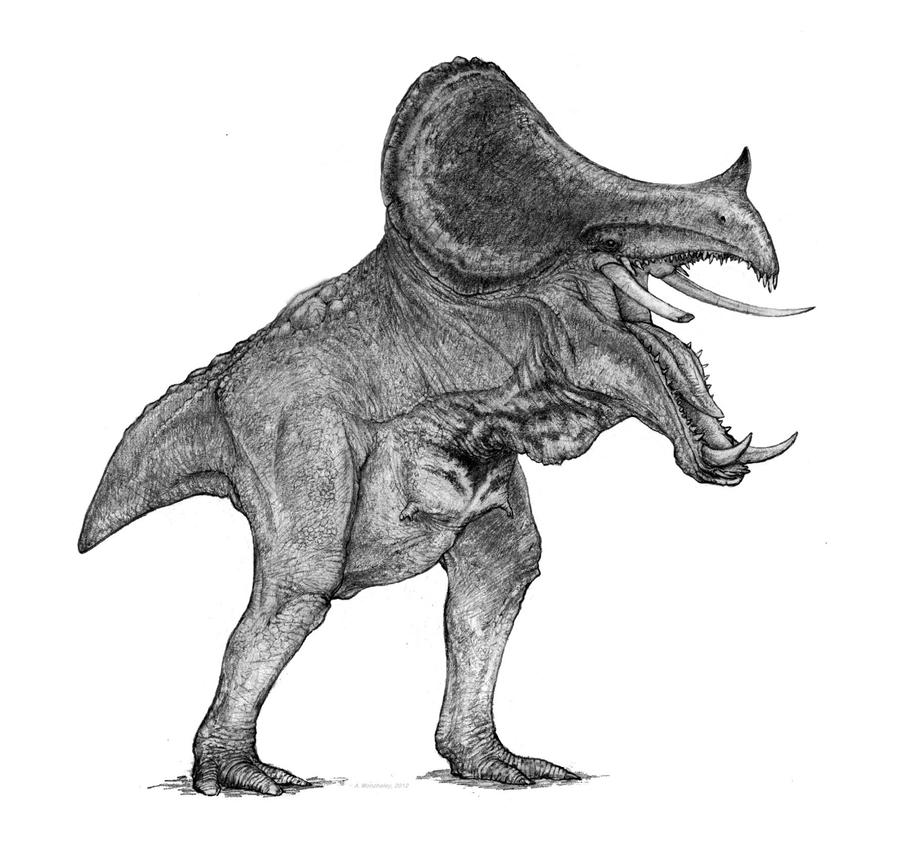
Kagouti
HD 3 (15 HP) DEF 13 ATK 14(1d8+1 gore) MOR 8 MOV 1.5x Type Grazer/Hunter
Treasure: kagouti tusk
# Appearing: 1 (loner) 1d4+1(pack) 2d4+2(herd)
The kagouti is the distant relative of the guar and alit, a tailed bipedal reptilian with two large tusks and a head crest, not unlike a clannfear. It's the largest and most dangerous of its family, known to gore unwary travelers who intrude on their territory or get too close during mating season. Like the alit, they inhabit an ecological niche much like that of a bear, mixing grazing with hunting small animals and defending its territory with superior size and arms.
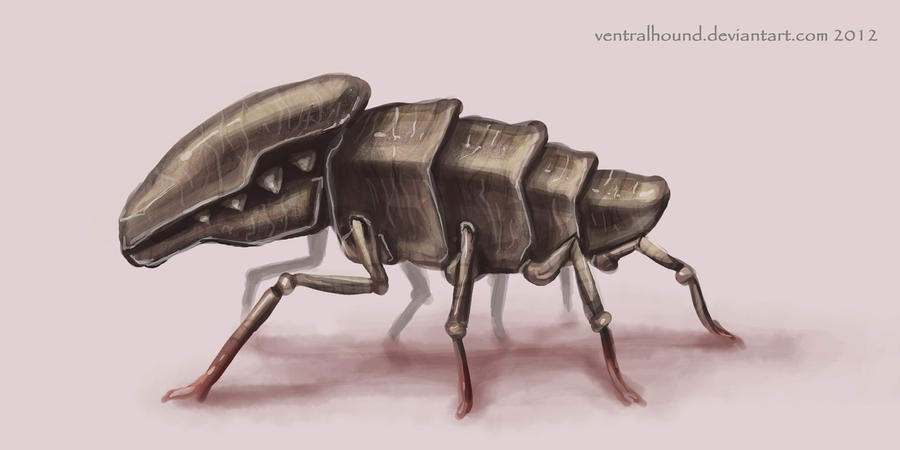
Kwama Scrib
HD 0 (1 HP) DEF 6 ATK n/a MOR 4 MOV .5x Type Scavenger
Spells: Paralyze 1
Treasure: scrib jelly(in a nest)
# Appearing: 1(wandering) many(nest)
Scribs are the larval form of a kwama, often found wandering the surface. They feed on other small insects, and are eaten constantly by larger scavengers. Their sole defense is a weak paralytic venom, lost as it grows up. Be careful handling them, especially if you enter a kwama nest. They are accustomed to larger creatures there, but will swarm in numbers to make you easy picking for the Warriors if you aggress against them.
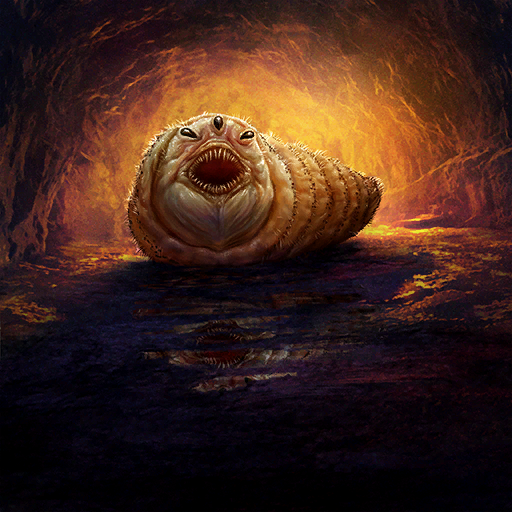
Kwama Forager
HD 1 (5 HP) DEF 10 ATK 10(1d4 bite) MOR 8 MOV 1x jump Type Scavenger
Treasure: cuttle (a/v)
# Appearing: 1(foraging) 2d6+3 (nest)
Jumping wormlike creatures, found outside nests searching for other nest locations. They are aggressive, but not necessarily hostile if you get out of their way.
Kwama Worker
HD 2 (10 HP) DEF 11 ATK 10(1d6 claw) MOR 6 MOV 1x Type Worker
Treasure: cuttle (a/v)
# Appearing: 3d6+4 (nest)
Worker drones for a kwama nest, caring for eggs, digging tunnels and carrying food. They are accustomed to human presence, so will not become aggressive unless provoked.
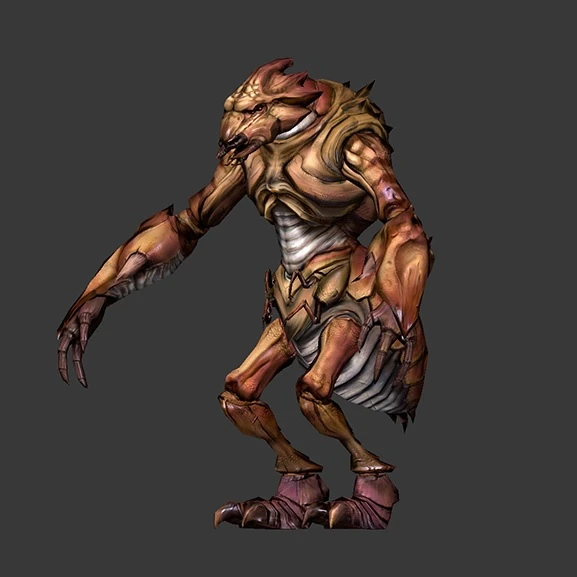
Kwama Warrior
HD 3 (15 HP) DEF 14 ATK 13(1d6+1 claw) MOR 10 MOV 1x Type Defender
Treasure: cuttle (a/v)
# Appearing: 2d6+3 (nest)
The martial arm of a kwama nest, defending it and participating in inter-nest warfare. They will attack anybody not covered in the right kwama pheromones that enter the nest.

Kwama Queen
HD 4 (20 HP) DEF 12 ATK 12(1d6 claw) MOR 12 MOV none Type Special
Treasure: cuttle(a/v)
# Appearing: 1(nest)
The queen is the reproductive organ of the kwama nest, producing the eggs. The queen is so large as to be completely sedentary. If you damage its eggs, it will summon any remaining kwama to itself, and attack if you get in reach.
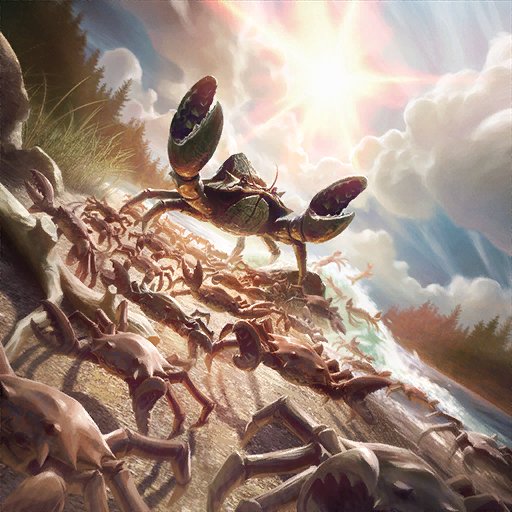
Mudcrab
HD 1 (5 HP) DEF 12 ATK 10(1d4 claw) MOR 6 MOV 1x Type Scavenger
Treasure: mudcrab chitin
# Appearing: 1(loner) 1d6+1(pack) 2d6+2(swarm)
Mudcrabs populate Morrowind's shores, digging themselves into sand or soil and letting the rocky texture of their shells disguise them as stones. They attack most often in swarms, emerging from the sand in a wave to overwhelm larger creatures.

Nix-Hound
HD 2 (10 HP) DEF 12 ATK 11(1d6+1 claw) MOR 10 MOV .5x Type Hunter
Treasure: hound proboscis
# Appearing: 1(loner) 1d4+1(pack) 2d4+2(swarm)
Nix hounds are insectoid pack predators native to Morrowind, distant relatives of kwama. They survive by drinking the blood from prey with their proboscis. They are individually weak, but have been known to overwhelm travelers in a pack ambush.
Rat
HD 0 (1 HP) DEF 8 ATK 10(1+disease bite) MOR 4 MOV 1x Type Scavenger
Treasure: rat tail
# Appearing: 1(pest) 1d4+1(swarm) 2d4+2(infestation)
Common disease-spreading pests. They will try to get into your supplies, but are unlikely to fight unless they are in a swarm or you are heavily injured.
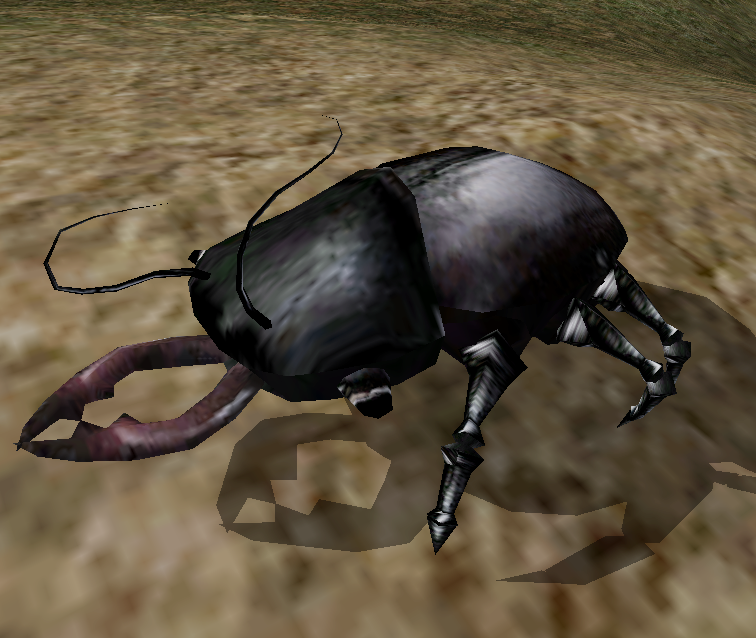
Shalk
HD 2 (10 HP) DEF 14 ATK 11(1d6 mandibles) MOR 6 MOV 1x Type Scavenger
Spells: Destructive Touch (Fire) 1
Treasure: shalk shell(a/m)
# Appearing: 1(loner) 1d4+1(swarm) 2d4+2(plague)
Shalk are large black beetles common in the Grazelands, known for their hard shells and defending themselves with gouts of fire. They are generally docile, but if they get into your supplies, you'll have a hard time getting them out.
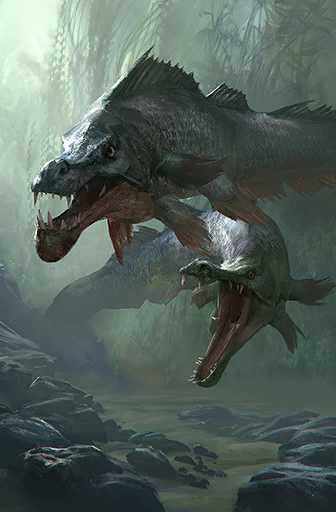
Slaughterfish
HD 1 (5 HP) DEF 10 ATK 11(1d4 bite, 2*# as a swarm) MOR 6 MOV 2x swim Type Hunter
Treasure: slaughterfish scales
# Appearing: 1(loner) 1d6+1(swarm) 2d6+2(infestation)
Slaughterfish are common to the lakes and waterways of Tamriel, silvery streaks with flashing teeth. They populate the Inner Sea, and there's a solid chance of slaughterfish in any given river or lake. They generally appear as a school, stalking prey before attacking all at once. They are surprisingly hardy creatures, and no adventurer should underestimate a pool of dark water.
Blighted Beasts
Blighted Alit
HD 4 (20 HP) DEF 14 ATK 13(2d6+1+blight bite) MOR 12 MOV 1x
Treasure: alit tooth
# Appearing: 1(loner)
Blighted Cliff Racer
HD 3 (15 HP) DEF 14 ATK 12(2d6+blight peck) MOR 12 MOV 2x fly
Treasure: racer plumes
# Appearing: 1d4+2(band)
Blighted Kagouti
HD 5 (25 HP) DEF 15 ATK 15(2d8+2+blight gore) MOR 12 MOV 1.5x
Treasure: kagouti tusk
# Appearing: 1 (loner)
Blighted Kwama Warrior
HD 5 (25 HP) DEF 16 ATK 14(2d4+1+blight claw) MOR 12 MOV 1x
Treasure: cuttle (a/v)
# Appearing: 1(loner)
Blighted Nix-Hound
HD 4 (20 HP) DEF 14 ATK 13(2d6+1+blight claw) MOR 12 MOV 2x
Treasure: hound proboscis
# Appearing: 1(loner)
Blighted Rat
HD 1 (5 HP) DEF 10 ATK 11(1d4+1+blight bite) MOR 12 MOV 1x
Treasure: rat tail
# Appearing: 1(pest) 1d4+1(swarm) 2d4+2(infestation)
Blighted Shalk
HD 4 (10 HP) DEF 15 ATK 12(1d6 mandibles) MOR 12 MOV 1x
Spells: Destructive Touch (Fire) 2
Treasure: shalk shell(a/m)
# Appearing: 1(loner)

